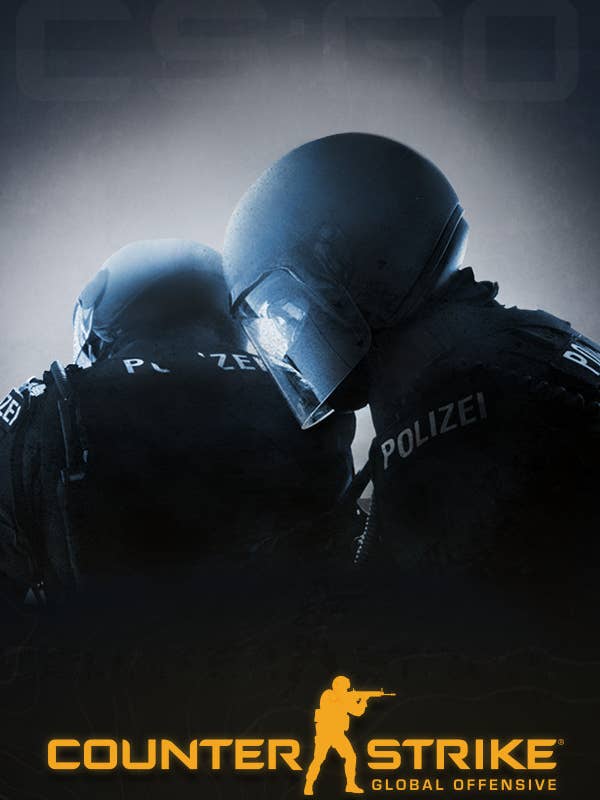BFN Lab: Insights and Innovations
Explore the latest trends and insights in technology, science, and innovation at BFN Lab.
CSGO Toxicity Reports: A Deep Dive into the Digital Drama
Explore the chaotic world of CSGO toxicity as we uncover shocking reports and analyze the digital drama that fuels the game. Dive in now!
Understanding the Roots of CSGO Toxicity: A Psychological Perspective
The phenomenon of toxicity in CSGO can be traced back to several psychological factors that influence player behavior. One key aspect is the concept of anonymity, which can lead to a disinhibition effect, where players feel less accountable for their actions. This is particularly pronounced in online gaming environments, where players often engage with others who are strangers. As a result, behaviors that might be unacceptable in face-to-face interactions, such as harassment or aggressive language, become more prevalent. Additionally, the competitive nature of CSGO intensifies emotions, which can lead to heightened frustration and aggressive responses towards teammates and opponents alike.
Another significant contributor to CSGO toxicity is the influence of group dynamics within gaming communities. Players are often subjected to social norms that can normalize negative behaviors, such as bullying or mocking. This phenomenon is known as social proof, where individuals take cues from the actions of others, leading to an escalation of toxic behavior. Furthermore, the pressure to perform well in matches can exacerbate stress, driving players to lash out when things go wrong. By understanding these psychological roots of toxicity, we can begin to implement strategies aimed at fostering a more positive gaming environment.

Counter-Strike is a highly popular tactical first-person shooter game that involves team-based gameplay, strategic planning, and precision shooting. Players can enhance their skills by learning from top players and examining their s1mple settings, which provide insights into professional gameplay techniques.
Top 5 Common Toxic Behaviors in CSGO and How to Combat Them
In the competitive world of CSGO, maintaining a positive gaming environment is essential for success. Unfortunately, toxic behaviors can plague matches, leading to frustration among players. Here are the top five common toxic behaviors you might encounter:
- Trolling - Intentionally disturbing teammates or acting foolishly.
- Flaming - Excessively criticizing teammates for mistakes.
- Smurfing - Experienced players using low-rank accounts to dominate inexperienced players.
- Griefing - Deliberately sabotaging team efforts.
- Quitters - Players who abandon matches, leaving teammates at a disadvantage.
Combating these toxic behaviors is crucial for fostering a better community. To tackle trolling and flaming, maintain a calm demeanor; remember that the game is meant to be enjoyable for everyone. If you encounter smurfers, don’t engage; instead, focus on your own game and report them if necessary. For griefing and quitting, encouraging team communication and building camaraderie can help create a supportive atmosphere. Remember, you can always mute or report toxic players to improve your overall experience. By taking these steps, you contribute to a healthier and more competitive environment in CSGO.
How Does CSGO Toxicity Affect Gameplay and Player Experience?
CS:GO toxicity significantly impacts both gameplay and player experience, creating an environment filled with negativity that can detract from the overall enjoyment of the game. Players often encounter toxic behavior, such as harassment, verbal abuse, and unsportsmanlike conduct, which can lead to increased frustration and decreased motivation to play. These negative interactions not only mar the atmosphere but can also affect team cohesion, where players may be less inclined to communicate or cooperate effectively, ultimately impacting the team's performance and outcome of matches.
Moreover, the prevalence of toxicity can contribute to a vicious cycle that perpetuates itself. New players, exposed to hostile behavior, may feel discouraged and abandon the game before fully experiencing what it has to offer. This affects the player base, leading to fewer positive interactions and a skewed perception of the community. In the long run, addressing toxicity in CS:GO is essential for fostering a more welcoming environment that enhances player experience and promotes sustainable gameplay. The implementation of effective reporting systems and community guidelines can help curb toxic behavior and encourage positive interactions among players.